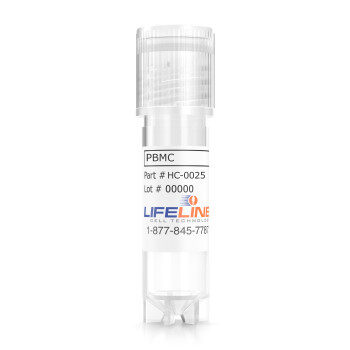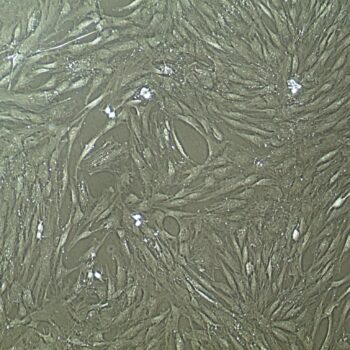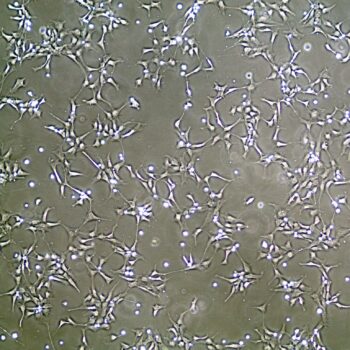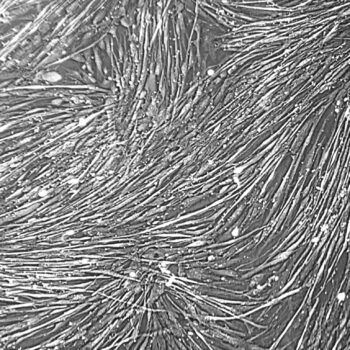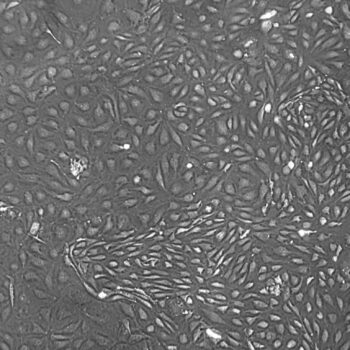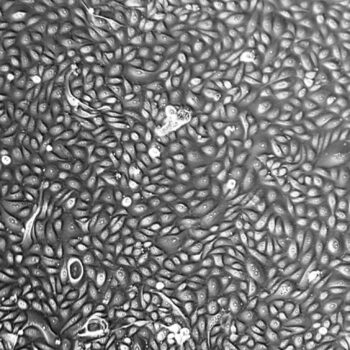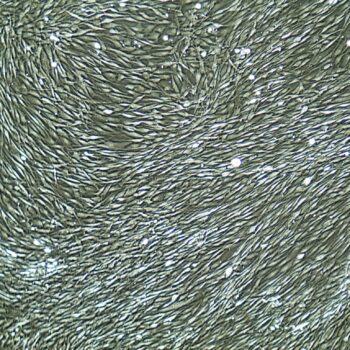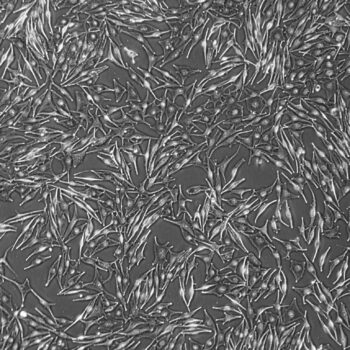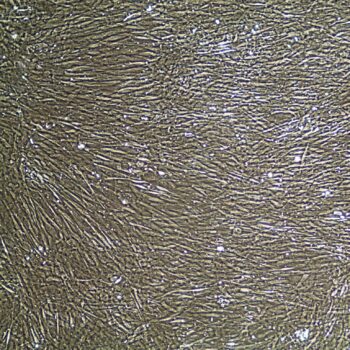Primary Human Cells
- Primary cells are directly cultured from their source organ tissue and have not been modified in any way. This helps avoid altering the outcome of your experiments.
- Lifeline has a wide variety of donors to choose from. Having a variety of donors (young, old, male, female, different ethnicities, etc.) is especially useful when carrying out early drug testing. This helps ensure that the drug is effective for everyone.
- Your experimental results won’t be negatively impacted: Lifeline cells have not been exposed to antimicrobials or phenol red, components that can cause cell stress and “masking effects” that may negatively impact experimental results.
- Especially appropriate for accurate results using reproductive cells: If reproductive cells are exposed to phenol red, it can act as a weak estrogen and may stimulate estrogen receptors. This can cause masking effects that could negatively affect studies with human female reproductive cells.
Lifeline® primary human cells include: endothelial, epithelial, fibroblasts, hematopoietic, keratinocytes, melanocytes, mesenchymal stem cells, neural stem cells, skeletal muscle cells, and smooth muscle cells.
Optimized Media for Each Primary Cell Type
Lifeline® media was created specifically for each cell type; Your cells will grow faster than in any other commercially-available medium. Learn more.

